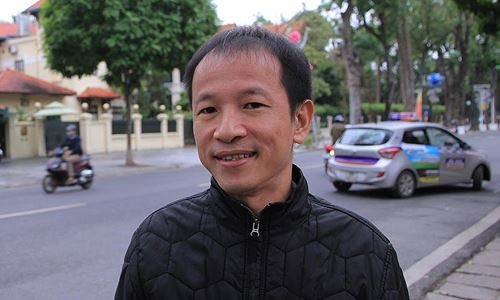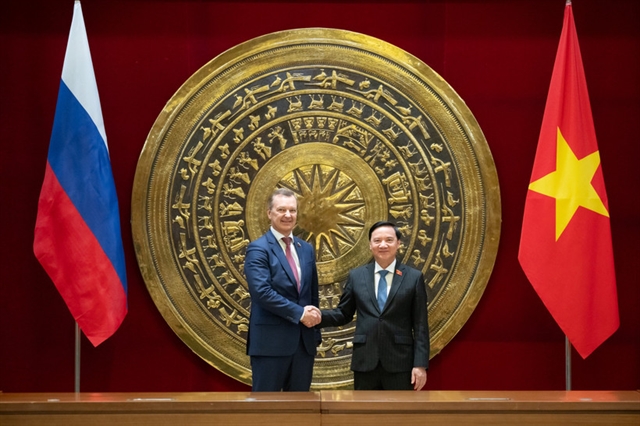 Opinion
Opinion

Architect Hoàng Thúc Hào talks to Tiền Phong (Vanguard) newspaper on how to apply high-tech agriculture in high rises in Hà Nội
 |
| Hoàng Thúc Hào. — Photo tienphong.vn |
Architect Hoàng Thúc Hào talks to Tiền Phong (Vanguard) newspaper on how to apply high-tech agriculture in high rises in Hà Nội
Will you please explain your idea to develop agricultural production inside Hà Nội’s inner city?
A simple yet very important issue here is that prices of agriculture products in Hà Nội are much higher than in other localities. In order to have more products and meet Hà Nội’s demands, the most common course of action is to clear forest land in areas outside the city to grow crops. Many people have even cut down trees in forests close to the city for agricultural production – a very damaging action to the environment that causes big problems with land erosion. Some people think that claiming land from the forest to become self-sufficient is a good practice. But in reality, it is harmful!
It is time for Hà Nội’s farmers to think of applying technology in their agriculture and pay more attention to food safety for their consumers.
About a decade ago, people living in some major cities initiated the idea of practicing agriculture right in the city. This has been done in Singapore, Japan, Israel, Sweden, Spain and others. It is a good lesson and we can learn from them.
Hà Nôi has grown to four times its previous size. In my opinion, Hà Nội has plenty of land for us to develop, but we have not used it efficiently or wisely. I’m sorry to say many farmers still use a lot of chemical agents in their production.
I remember that in the period of the State subsidisation some 30 years ago, many families raised pigs or chickens in their small apartments for their own consumption. Are things different now that we are in the age of Industry 4.0?
It is indisputable that Industry 4.0 technology changes things. Digital technology is an effective tool for us to manage architectural planning. For example, in Japan, Singapore and some other countries, high-tech agriculture has been widely applied, saving a lot of water and space.
I understand Hà Nội cannot be like Singapore or Japan right now. But we can learn lessons from them for our future.
Can Hà Nội apply Industry 4.0 in its development?
The answer is yes! The first thing is we should pay more attention to the city’s new expansion areas as they have not yet become overloaded.
To do that, I suggest we come up with good planning ideas on food self-sufficiency for future urban areas. Of course, the development of these areas must be based on the concept of a smart city, yet the development should suitable for our economic condition.
Hội An is a good example for Hà Nội. However, some things sows have been detected in Hội An’s development. Many rich people from other localities have invested their money in real estate there in the hope of gaining high profits. I’m afraid to say if things keep going this way, Hội An will lose its traditional identity and a market economy will soon prevail. This is food for thought for the Hội An authorities. Development and preserving the ancient town’s heritage should go hand in hand.
What about the preservation of Hội An’s outlying areas?
Just like with Hà Nội, outlying districts play a very important role in its development. For example, Hội An should pay attention to the development of Cẩm Thanh, which is considered the town’s lung, or the Trà Quế area – an important supplier of vegetables for Hội An’s population. In other words, Hội An authorities should develop a workable plan for its ecological development and conservation activities.
The ecology system is an important foundation for a city to develop. It is the roots of its identity. — VNS




